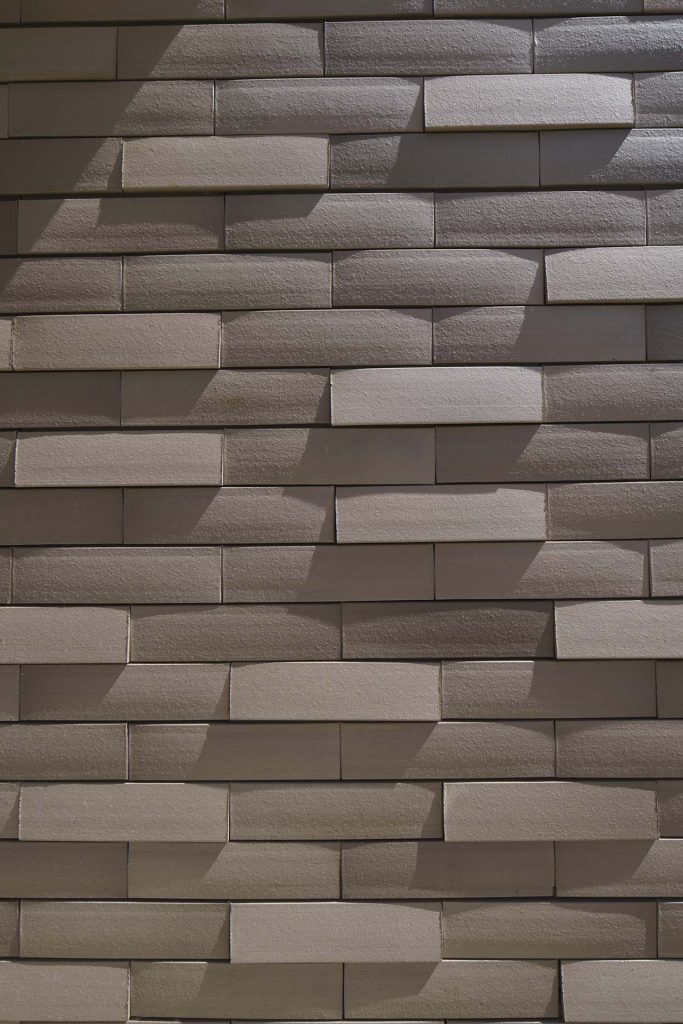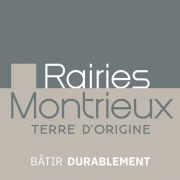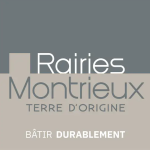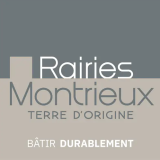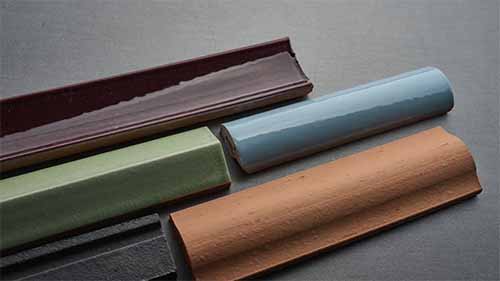
Contemporary architecture is metamorphosing before our very eyes, revealing a new aesthetic universe where facades become sculpted works of art. From the dynamic volumes created by convex slabs to the elegant details of Profil Coste, architectural trends reveal a growing commitment to innovation, sustainability and harmony with the natural environment.
Sculpting facades
Today, many architects are growing weary of smooth facades and are turning their attention to more pronounced visual contrasts.
This trend is clearly evident in the Village des Athlètes project, where Rairies Montrieux’s originally shaped slabs were used to cover 6,000 m² of facade.
“The convex plates were highlighted as part of their use for the athletes’ village, arousing keen interest from architects,” explains Olivier Laval, sales and product manager at Rairies Montrieux. “It’s an elegant, natural shape reminiscent of undulating waves, a particularly appealing feature.” In fact, convex slabs create a play of light and shadow on the façade, a crucial element in contemporary architectural design.
“When it comes to modenature, the aim is to liven up the facade, to give it a visual dynamic. The play of shadows and reliefs created by the convex plates achieves this effect.
Olivier Laval, Sales and Product Manager at Rairies Montrieux.
Despite their higher cost compared with traditional solutions, convex cladding panels are very popular with architects. This reflects their desire to promote the use of quality materials such as terracotta when investing in façade design.
What’s more, in certain projects where restrictions are placed on the amount of level offset on the façade, architects opt for a combination of convex and concave plates. This combination creates an even sharper contrast, accentuating the difference in level and shadow, and giving the façade a more complex, elaborate aesthetic while respecting the imposed constraints.
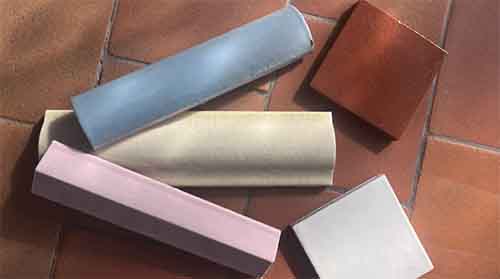
The Coste profile: the elegance of wood lathing with the added bonus of durability
The Profil Coste, designed by architect Vincent Coste, embodies an architectural spirit that is both original and uncluttered. “Le Profil Coste is a resounding success, thanks to its maturity in the market. With over 10 years’ experience with us, it is now backed by solid references and projects attesting to its performance”, explains Olivier Laval.
Its elegant geometric lines add a dimension of sophistication to any project. This profile stands out for its ability to capture light, creating unique visual effects that set each façade apart.
Integrating harmoniously with a variety of terracotta cladding panels in similar or contrasting shades, Profil Coste offers a multitude of possibilities for enlivening facades according to individual inspiration. “Architects benefit from the flexibility of different installation methods, including glue-down installation on concrete and installation on ventilated cladding panels, for effective thermal insulation from the outside,” explains Olivier Laval.
What’s more, its ability to faithfully imitate wood makes it a highly prized choice. In an era when biobased materials like wood are in vogue, but their use is hampered by strict fire safety and maintenance regulations, Profil Coste stands out for its terracotta composition, offering both exceptional durability over a 100-year period and minimal maintenance. “This product brilliantly reproduces the look of wood lathing, often used in architectural projects for its organic texture.” The growing popularity of this product each year confirms its status as a must-have trend among the form elements offered by Rairies Montrieux.
Towards an increasingly organic aesthetic
“A major trend is emerging towards an organic, natural aesthetic, which is reflected in the three wafer categories currently in vogue,” emphasizes Olivier Laval. “Just as in current color trends, where natural tones such as green and light hues are favored to counter urban heat islands, this yearning for nature and the organic is also reflected in shapes.”
Today, a growing number of architects, whether in the interior or exterior field, favor bio-sourced and renewable materials for their façade projects. This is mainly due to their low carbon footprint, particularly when it comes to insulation. This trend reflects a contemporary sensibility, both technical and aesthetic.
These materials can be used for all types of projects, and their adaptability is just as relevant for residential projects as for large-scale projects. “We have carried out major housing and renovation projects using Coste Profile, demonstrating the versatility of these products for both interior and façade applications,” adds Olivier Laval.
By adopting these trends, architects can not only meet today’s technical and environmental requirements, but also breathe a touch of modernity and naturalness into their creations.
